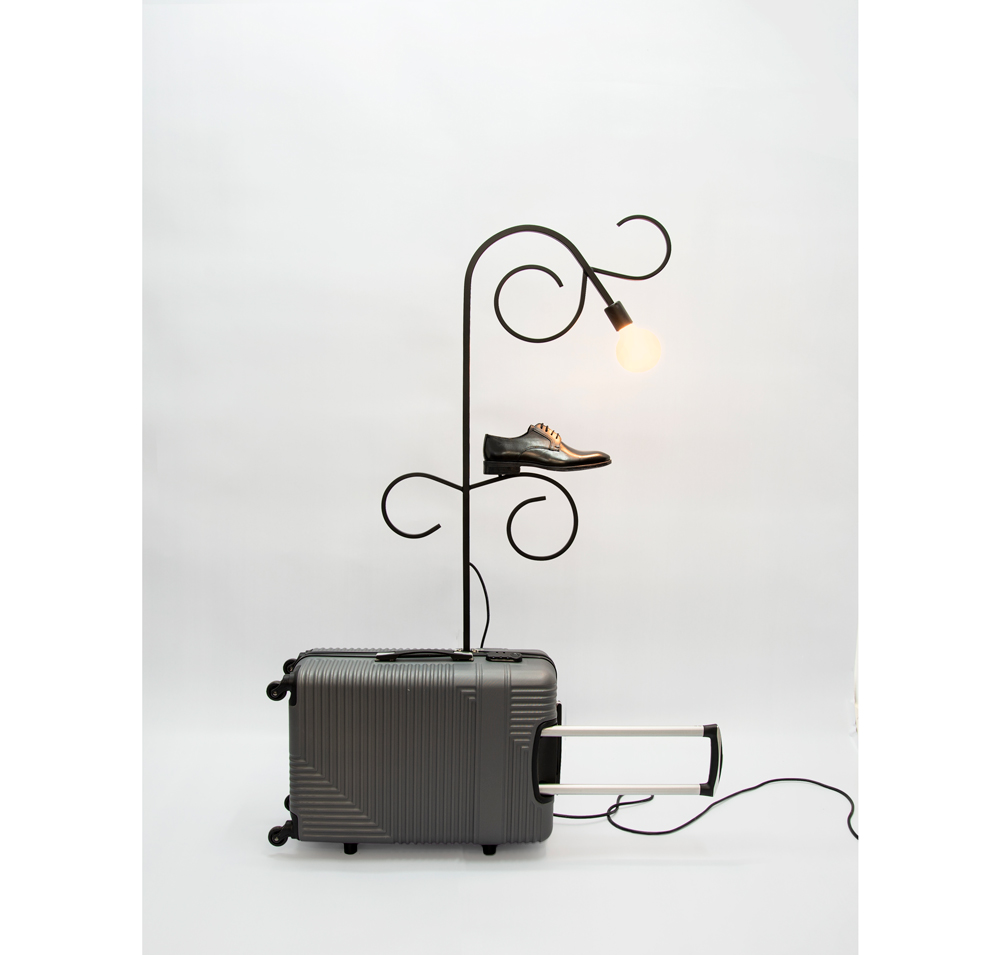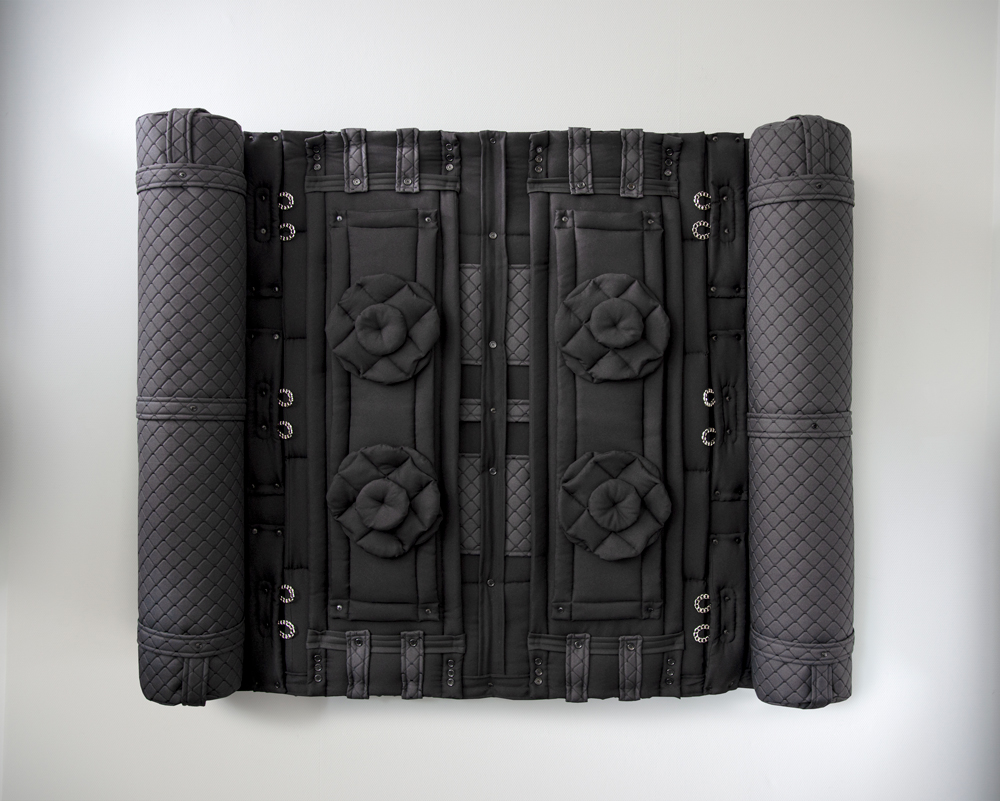Yeşim Akdeniz: On Migration, Identity & Mass Production
The New Art Section at Art Rotterdam 2025, curated by Övül Ö. Durmuşoğlu, brings together a selection of international galleries, each presenting a solo exhibition of an artist exploring innovative formal and material expressions. Among them, GALERIST (Istanbul) hosts a solo booth by Yeşim Akdeniz (b. 1978, Turkey) whose practice seamlessly fits within this framework.

Yeşim Akdeniz investigates how objects carry narratives and challenges the assumption that objects are neutral. By assembling industrial remnants, mass-produced items, and hand-crafted elements, she reveals the hidden social histories embedded in materials. Yeşim plays with the tension between the unique and the serial, the handmade and the mass-produced, the personal and the political.
"Materials contain information," she explains. "I work with mass-produced goods and industrial remnants, but within those objects are hidden stories about labour, supply chains, and migration. They are silent witnesses of larger systems."
Nothing in her work is straightforward: a carpet is not a carpet, a lamp is not just a lamp, and a self-portrait is not a self-portrait.
Self-Portrait as an Orientalist Carpet: A Tapestry of Meanings
In her ongoing series Self-Portrait as an Orientalist Carpet, Yeşim uses textiles to question the shifting power dynamics between East and West. The works resemble traditional Anatolian blankets, a craft passed down through generations but increasingly displaced by industrial production.
" The traditional blankets are handmade, labour-intensive, and expensive. With the rise of mass-produced alternatives, this has become a disappearing tradition," Yeşim explains.
Despite their familiar appearance, her pieces are not conventional carpets: they integrate industrial details such as zips, buckles, and chains, creating an unexpected tension between couture and domesticity. "I call them carpets, but they are not carpets. They are supposed to be self-portraits, but they are not self-portraits," she says. " I am interested in the area between categories. What we think we recognise shifts the moment we look closer."

The series directly engages with Orientalism, a concept articulated by Edward Said, describing how the West has historically romanticised and oversimplified ‘Eastern’ cultures. Yeşim’s work reflects, distorts, and questions these portrayals.
"There is this idea that the East is one single entity, just ‘the Orient’. Obviously, the East is not a single entity; it consists of many different cultures, belief systems, and layers. This kind of oversimplification is what creates many stereotypes," she notes. Her textile works embrace these contradictions, challenging fixed definitions of culture, identity, and authenticity.
New Faces in Town: Lamps as a Reflection of Migration and Mass Industry
Alongside her textile works, Yeşim presents a series of lamps, where mass production and mobility converge. These sculptural objects combine factory-made shoes with an iron structure, while their base consists of a suitcase. The result is a hybrid piece: a lamp that is equally an image of migration, production, and displacement.
"I wanted to create a mix of serial production and craftsmanship," she says. "These lamps are exactly that. They contain shoes that are mass-produced in Istanbul, but the metal parts are welded by hand. They exist at the intersection of functionality and absurdity."
By using a suitcase as the base, Yeşim makes a direct reference to movement, both in a literal and symbolic sense. "It was important to me that these objects have an invisible presence. As if the shoes have just been left behind by someone who moved on, as if the object itself have been travelling."
Like her textile pieces, the lamps blur the lines between the serial and the handmade, between design and sculpture. They evoke themes of labour migration, economic survival, and the silent presence of workers whose stories often remain untold.

What Does "New" Mean in a Time of Change?
The New Art Section at Art Rotterdam 2025 poses the question: What does 'new' mean in a time of significant social and cultural transformation? Yeşim’s work offers a powerful response:
"What I do is not necessarily new in the sense of creating something completely ‘original’," she says. "I look at what already exists, what moves, what disappears. The new lies in how you look at it again."
In a world where labour, production, and migration shape both people and objects, Yeşim Akdeniz’s work exposes the instability of what we call ‘new’ as she repurposes, reconfigures, and reveals.
Written by Emily Van Driessen


